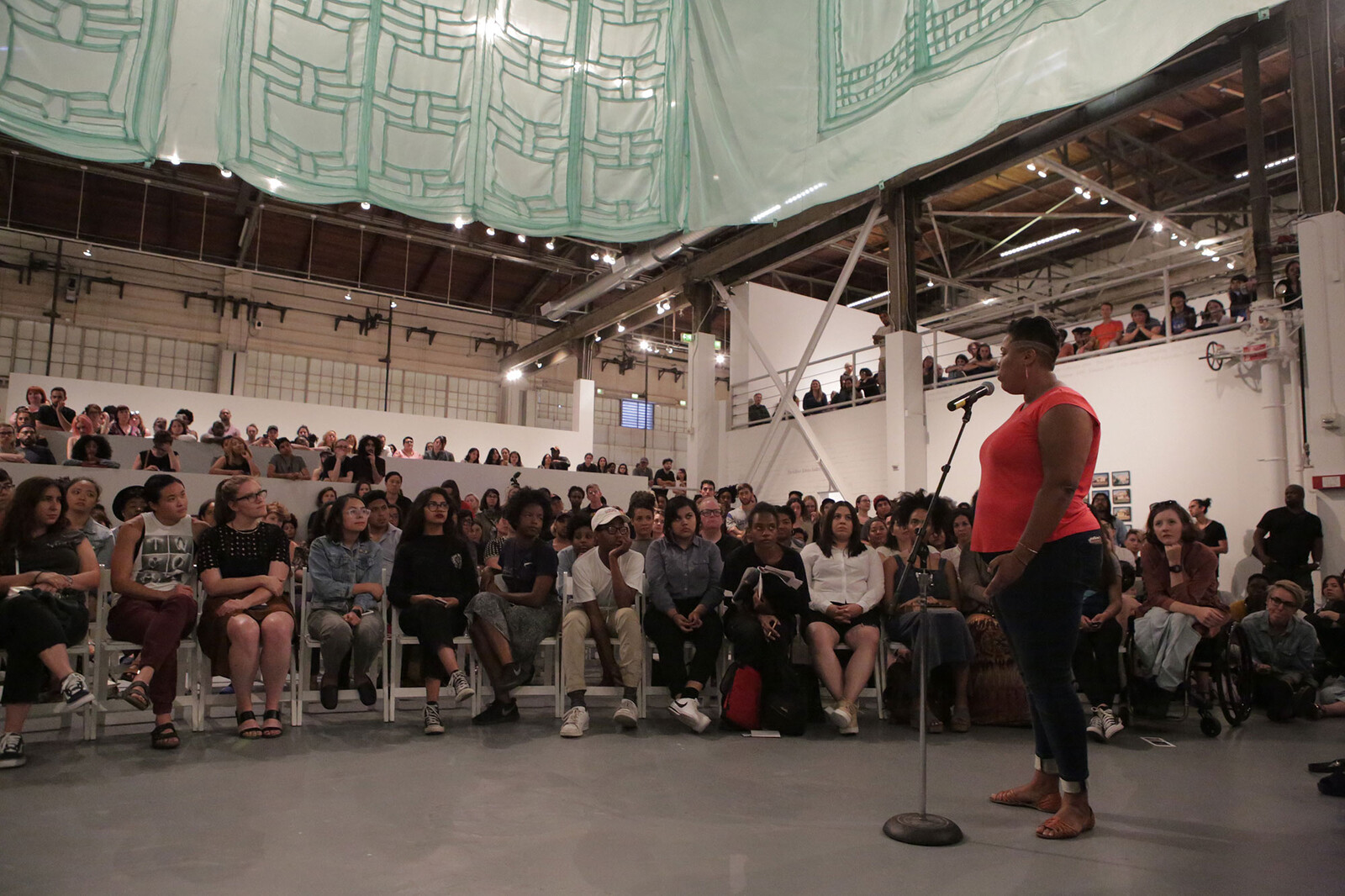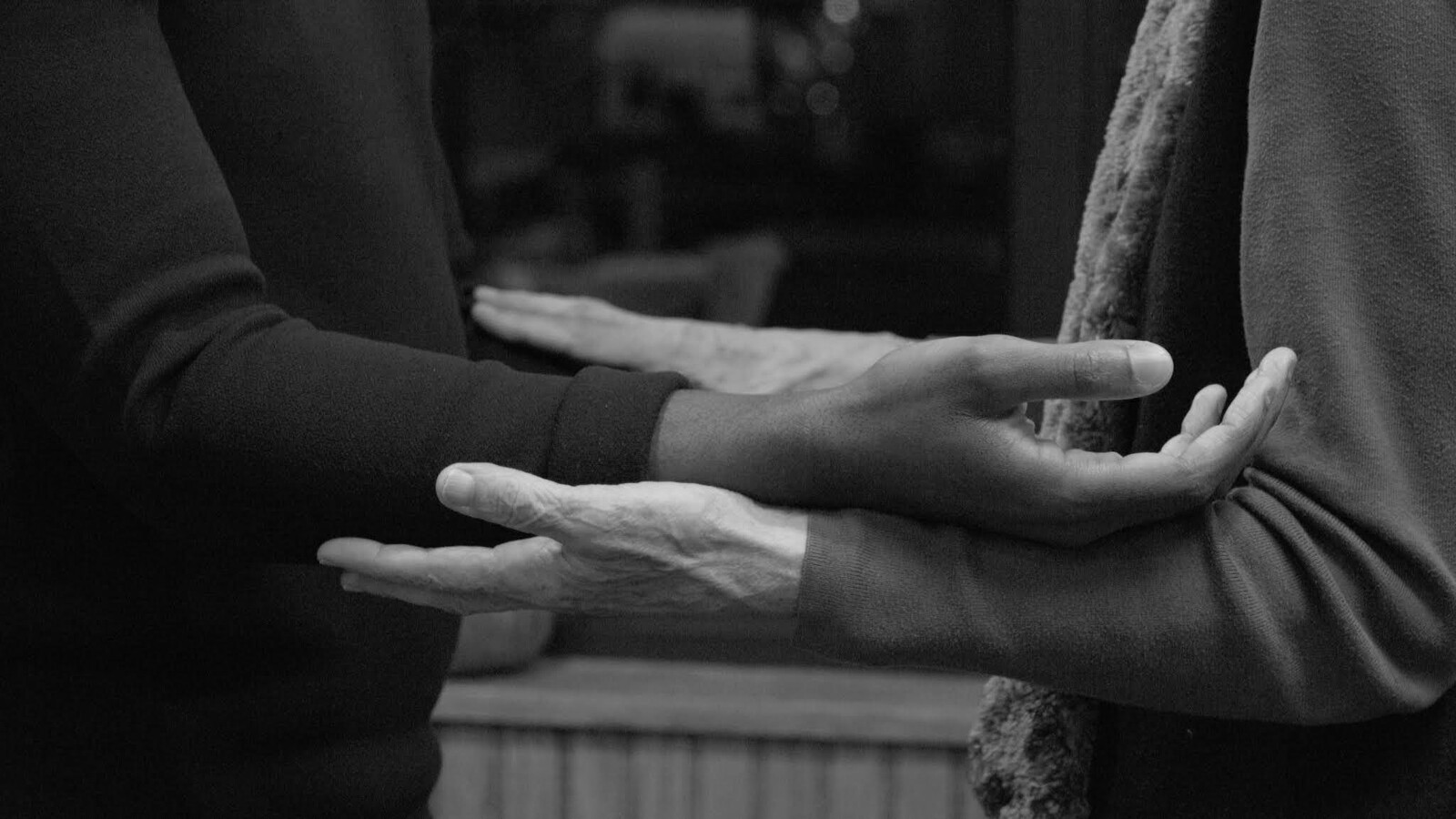If the virtues of restraint, industriousness, thriftiness have tended to be characterized as white, blackness is often construed as a desiring in whose meaning excess, or luxury, signifies a sociocultural impoverishment that is morally bankrupt. This trope takes on the amplitude of an all-encompassing theme in the discourse of anti-blackness in the West. It compels a view of blackness that, in relation to sovereign life, reveals an experience of excess enjoyed beyond consummation and one that is socially irresponsible. So what of this extravagant expenditure itself? If claiming “black lives matter” is to risk a certain exorbitance, this is not because there is any certainty about the meaning of black life, but because asserting that black life matters foregrounds those attributes by which blackness is assumed to have a value in culture. Black is a being that is somehow both useless and endlessly driven by consummation: bling bling.
Both the anthropological and sociological versions of racial knowledge transform the consequences of hundreds of years of colonial expropriation into the effects of efficient causes (the laws of nature) as they operate through human forms (bodies and societies). In sum, as a category of racial difference, blackness occludes the total violence necessary for this expropriation, a violence that was authorized by modern juridical forms—namely, colonial domination (conquest, displacement, and settlement) and property (enslavement). Nevertheless, blackness—precisely because of how, as an object of knowledge, it occludes these juridical modalities—has the capacity to unsettle the ethical program governed by determinacy, through exposing the violence that the latter refigures.
Mixture as power: but how? Black is what you get when all the primary colors are present equally in the mix. It is what you get when there is equality among colors. In other words, “the endless sequence of possible syntheses of yellow, red, and blue manifested in constantly varying forms” are, in a way, the infinite shades of blackness that Moten has in mind when he claims that Mondrian’s “great, final picture, Victory Boogie Woogie, is all black, is all of what had been absorbed in black, is the explication of a dissonant, chromatic saturation, the inhabitation of a break or border, the disruption embedded in the grid’s boundaries.”
By emphasizing abstract and conceptual artistic practices, my definition of black radical aesthetics builds upon the notion of blackness as an originary abstraction—a category created in the service of devastating material, corporeal, and psychological violences that trafficked through the Middle Passage and whose afterlives are still active today.3 Abstract and conceptual practices do not abandon the social, cultural, and material meanings that blackness invokes. As Adrienne Edwards has lucidly noted, these practices turn to what blackness “does in the world without conflating it—and those who understand blackness from within a system that deems them black, that is black people—with a singular historical narrative or monolithic subjectivity.”
The bonds that new modes of resistance establish with previous historical sequences are scratching loose their very own world-disorganizing potential. Constituent history has never submitted to the tyranny of the textual. The sonic moves audiences-cum-comrades, fleshy things that, in feeling and moving communally, call up the specter of the common project. This is the surplus of their corporeal, anti-transactional transactions. Of their uprising against even minor miseries. Whether one is thinking of music, spoken word, coded patois, scratched records, effective and affective oration, glitching at mechanical interfaces, the multidimensions of performativity in and around sounds—the sonic has always been a most active field in bonds-making. A kind of goddammed Mississippi, seeded with tragedy and resilience, to the frigid Northeast of more buttoned-up organic intellectuals who prefer the tabloid and the blog. Approaching the vicinity of this fact—or perhaps the ways in which its incontrovertibility impinged in our catching-up thinking—led us to commission e-flux journal’s first “text” as track. Of course, “track” seems wanting as a name for the landscape that Lamin Fofana came back with. What we got, what we are still getting, as the thing unspools its textured strands, is our increasingly derelict Now, compressed and distilled, the good shards extracted from it, into a flexible terrain that flickers in and out of different configurations. At one moment, it is riot-space; at another, thinking-space; at yet another, chill-out-and-recharge-space; and at yet another, historical-space. At all times it is a delicate synthesis of multifarious strands and an enterprise in gauging dirt patches in this mad moment, in exposing little bits of hard ground on which our desires for another world, certainly for the end of this one, can continue to find traction.
At a very basic level, Boggs was trying to answer the question: “What has happened within the working class since Marx?” The proletariat, in Boggs’s view, could no longer be grasped as a “homogeneous segregated bloc.” Capitalist development in the US had engendered “changes in the nature of work, the social composition of various strata of the population, the classes within it, and the culture of the population.” The subaltern stratum of the outsiders—a product of a renewed capitalist class offensive and racialized strategies of social control in the US—possessed a class position that transcended the limits of bourgeois political reform and posed an antagonistic challenge to the wage-labor system. More to the point, the outsiders could potentially combine heterogeneous forces of social protest into a universal movement.
Those progressives who are honestly confused by the concept of Black Power are in this state of confusion because they have not scientifically evaluated the present stage of historical development in relation to the stage of historical development when Marx projected the concept of workers’ power vs. capitalist power. Yesterday the concept of workers’ power expressed the revolutionary social force of the working class organized inside the process of capitalist production. Today the concept of Black Power expresses the new revolutionary social force of the black population concentrated in the black belt of the South and in the urban ghettos of the North—a revolutionary social force which must struggle not only against the capitalists but against the workers and middle classes who benefit by and support the system which has oppressed and exploited blacks.
“Life” in the phrase “Black Lives Matter” is defined as that which can be killed or which dies. It is also a measure of time, for however long we are alive is a life. Many human lives have been and are considered disposable, surplus, or without value, so the movement speaks of each life as mattering. When black life matters, time itself is altered, creating revolutionary time. These temporalities have become entangled with the crisis of earth-system time known as the Anthropocene. That time, known to geologists as “deep time,” is in crisis. And it’s a good thing too, because out of that crisis has reemerged the possibility of revolutionary time. No one has been more aware of this dynamic than the anti-black reactionary right. To be for revolutionary time, whatever one’s own personal history, is to be for anti-anti-blackness as the condition of transformative possibility.
Adam Pendleton’s Just Back From Los Angeles: A Portrait of Yvonne Rainer is the third in a series of video portraits, following My Education: A Portrait of David Hilliard, the former chief of staff for the Black Panthers, and Lorraine O’Grady: A Portrait. The text below represents a transcription of the script Pendleton prepared for Rainer to read during their day spent filming at the Ridgeway Diner in Chelsea. The text mixes citations from Stokely Carmichael, Malcom X, Keeanga-Yamahtta Taylor, and excerpts from Rainer’s own published works; the film ends with the gospel song “I Am Saved” by the Silver Harpes over the footage of Rainer’s now canonical movement work Trio A. Whether read or viewed, Just Back from Los Angeles is an uncanny work, one that deploys the double meaning of the word “movement”—now choreography, now social uprising—to reveal a shared method of freedom coursing beneath traditions typically received separately.





-My-Father's-FBI-file-Project-1-detail-2-Sadie-BarnetteWEB.jpg,1600)




